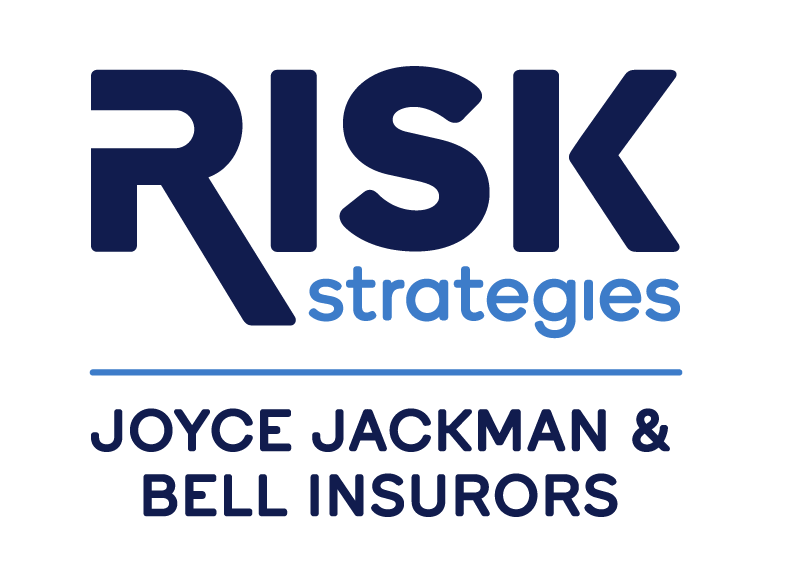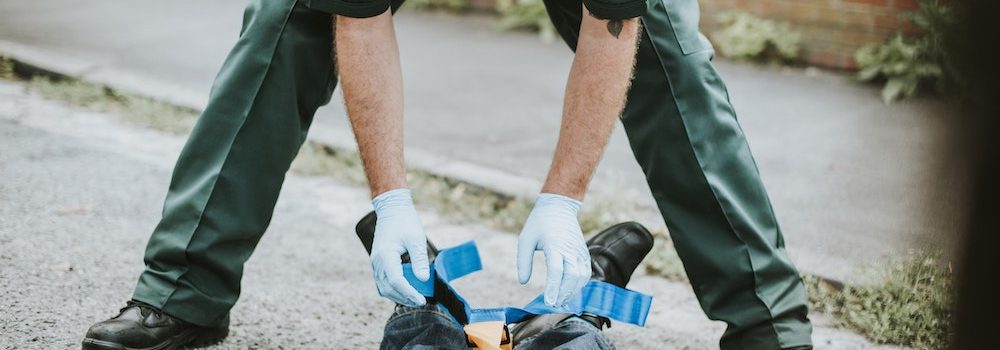Why should I create a home inventory?
After a major event such as a fire or a burglary resulting in loss of property, your stress level can skyrocket. It is sure to be one of the most taxing times in your life. Now, imagine having to recall every piece of personal property you may have lost. How can you be sure you’ve listed every important piece of property on your insurance claim?
A home inventory is an excellent way to expedite the insurance claims process after theft, damage, or loss. Moreover, a home inventory list can help make Home Insurance and Renters Insurance coverage decisions The first step is to decide on what type of inventory would be easiest for you to create. A home inventory can be as simple as a list of all your possessions or a visual record for each item
What Should I include in my home inventory?
1. Record every valuable, which could include art, jewelry, firearms, electronics, sports equipment, heirloom pieces, and other collectibles.
2. Include the items in your basement, attic, garage, and any detached structures, such as tool sheds.
How do I conduct my home inventory?
A written inventory: A comprehensive home inventory list catalogs your belongings. You can create your own list using a spreadsheet or fill out a home inventory checklist that’s ready to go.
Video: As you walk through your home recording each item, you can describe details, zoom in on jewelry settings, and serial numbers. You can video any appraisals you may have for certain items. And if you upload it to the cloud, it will be automatically saved with a date and time, which can be important for recordkeeping.
Take Pictures: The picture should focus on the item itself, along with any important details, such as a close-up of the setting on a piece of jewelry.
Inventory Apps: Do you have a smartphone? There are apps that can be downloaded to your phone, some of which are free. These mobile apps allow you to record a photograph of the item along with the description, value, and purchase date.
A Final Tip!
Don’t let your home inventory become part of a property loss. Whichever inventory method you choose, it’s important to keep a copy in a fireproof safe, safety deposit box or digitally in the cloud. You can even email your inventory to your insurance agent. Moreover, your agent can advise if you would need extra home or renters coverage or to add a Personal Articles Insurance policy.
Photo by chuttersnap on Unsplash






